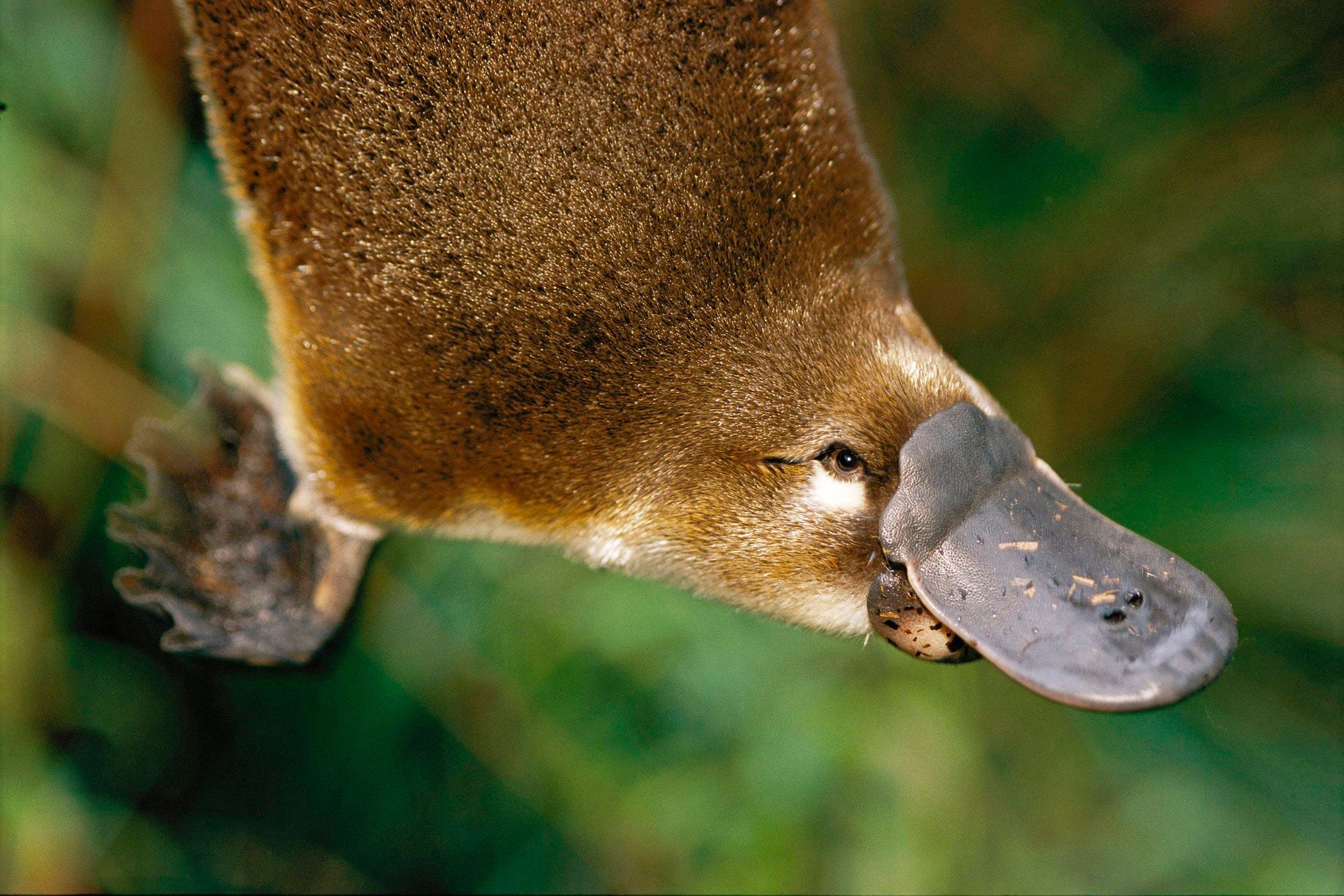Platypus habitat shrinks by almost a quarter as scientists warn species now ‘threatened’
Recent droughts, reduced rainfall and intense fires linked to climate change playing role in loss of rivers and streams where duck-billed mammals forage for food and lay eggs

Your support helps us to tell the story
From reproductive rights to climate change to Big Tech, The Independent is on the ground when the story is developing. Whether it's investigating the financials of Elon Musk's pro-Trump PAC or producing our latest documentary, 'The A Word', which shines a light on the American women fighting for reproductive rights, we know how important it is to parse out the facts from the messaging.
At such a critical moment in US history, we need reporters on the ground. Your donation allows us to keep sending journalists to speak to both sides of the story.
The Independent is trusted by Americans across the entire political spectrum. And unlike many other quality news outlets, we choose not to lock Americans out of our reporting and analysis with paywalls. We believe quality journalism should be available to everyone, paid for by those who can afford it.
Your support makes all the difference.Platypus habitats have shrunk by almost a quarter over the past three decades, leading scientists to call for the duck-billed mammal to be designated a threatened species.
Researchers said recent droughts, reduced rainfall and intense fires linked to climate change had played a role in the loss of small rivers and streams where platypus forage for food and lay eggs. They warned that rivers drying out, worsening water quality and loss of vegetation were threatening the species, which are unique to Australia.
Land clearing for farming and dam-building were also to blame, scientists at the University of New South Wales (UNSW) said, as they called for the semi-aquatic animals to be listed as a threatened species under Australia’s environmental legislation.
During their research, scientists found that the area of eastern Australia where platypus live had shrunk by up to 22 per cent, or about 200,000 square kilometres, over the past 30 years.
"There is a real concern that platypus populations will disappear from some of our rivers without returning, if rivers keep degrading with droughts and dams," said Richard Kingsford, director of the university's Centre for Ecosystem Science.
The animals cannot live outside water, and as the continent dries further and people draw more water from rivers, some permanent pools could get even smaller, he added.
Platypus have webbed feet and live mostly across Australia's eastern seaboard, from the far north of Queensland state to the island state of Tasmania, close to rivers and streams whose beds and banks they forage for food.
The species spends most of its time underwater and is in fact part bird, part reptile and part mammal according to its gene map.
Platypus numbers may have more than halved over several decades, research models show, but figures are hard to pinpoint as they are secretive, nocturnal animals. Conservation body IUCN estimates between 30,000 and 300,000 lived in Australia in 2016.
On Monday, the UNSW researchers, along with the Australian Conservation Foundation, WWF-Australia and Humane Society International Australia, submitted their recommendations to two governmental scientific committees.
The IUCN red list currently lists the species as ‘Near Threatened’ – but it is not listed as threatened under Australia’s Environment Protection and Biodiversity Conservation (EPBC) Act.
“We recorded the most severe declines in platypus observations in NSW – particularly in the Murray-Darling Basin, where natural river systems and water flows have been the most heavily modified,” says UNSW’s Dr Tahneal Hawke, a lead author of the report.
In NSW, the number of platypus observations declined by around 32 per cent in the last 30 years, compared to 27 per cent in Queensland. Across the state of Victoria, platypus decline was around 7 per cent, but the researchers observed reductions of as much as 65 per cent in some urban areas near Melbourne.
The scientists’ models predict that platypus populations may have declined by more than 50 per cent as a result of historic land clearing, river regulation, and extreme droughts.
Platypus are also threatened by the use of closed freshwater yabby traps – a type of net that can catch turtles, birds and other wildlife – which are still legally sold in NSW and Queensland.
“The platypus continues to face ongoing threats across its range. Unsustainable water extraction and land clearing will continue to put pressure on freshwater ecosystems and drive future declines in the future,” said Dr Gilad Bino, a lead author of the study.


Join our commenting forum
Join thought-provoking conversations, follow other Independent readers and see their replies
Comments